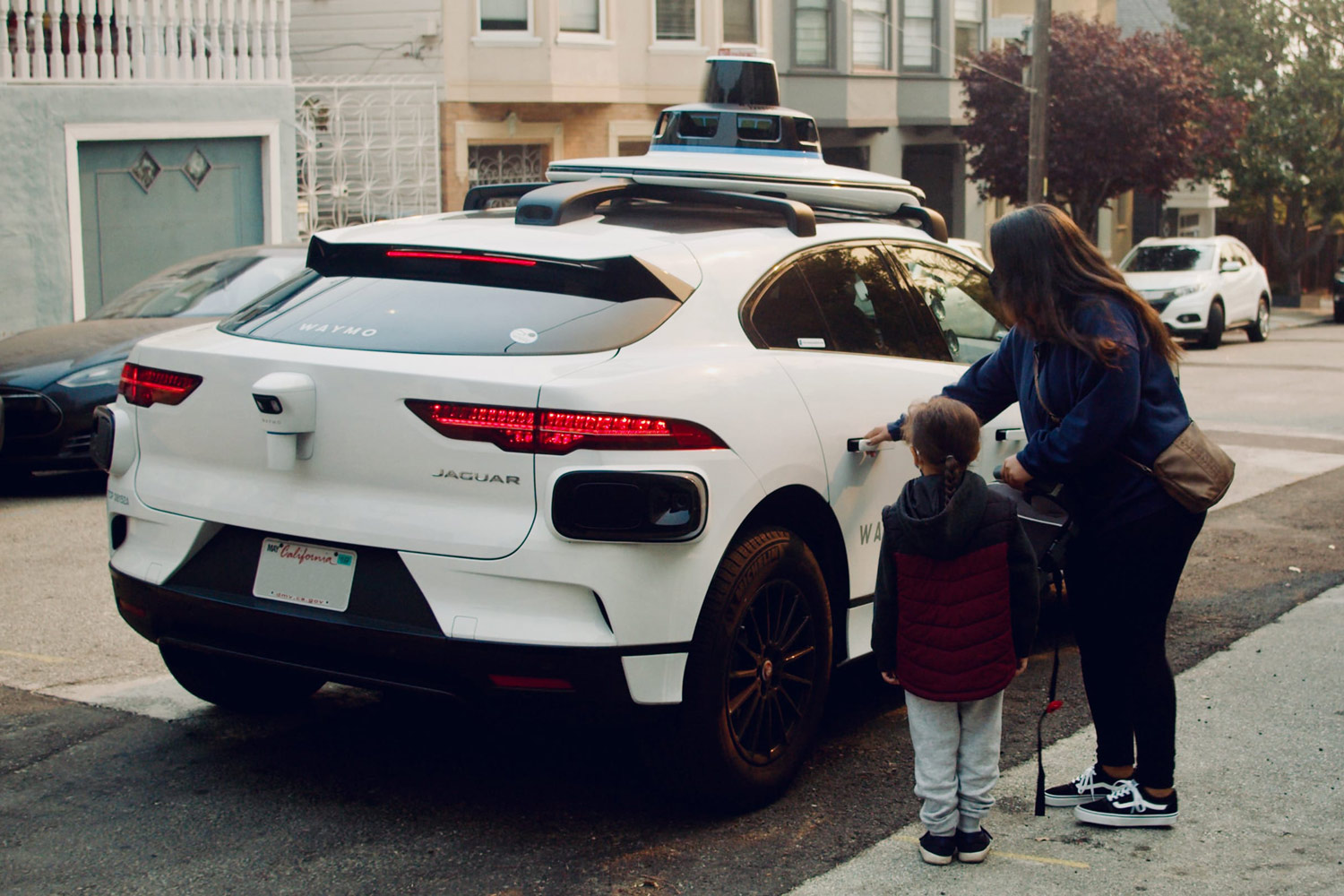The Levels of Autonomous Driving and What They Mean
From no help at all to completely self-driving vehicles, here are the six stages of automotive autonomy.
 Waymo
Waymo
It wasn't long ago that self-driving cars were science fiction, and while we're still a long way from a world where cars don't need drivers at all, an increasing number of vehicles on the road do need less from drivers.
To help explain the spectrum of current and future driving-assistance technologies, the Society of Automotive Engineers International has defined six levels of automation, from Level 0 cars with no self-driving capabilities to fully autonomous Level 5 vehicles that can operate on all roads in any conditions.
Level 0: No Automation
Simply put, Level 0 vehicles have zero autonomy. The driver is in charge of accelerating, braking, steering, and parking. These vehicles may have some emergency features, such as forward-collision warning, blind-spot warning, and lane-departure warning.
These features can't pilot the vehicle but can provide temporary assistance in an emergency.
Level 1: Driver Assistance
Driver-assistance features that take control of the steering, acceleration, or deceleration are considered Level 1 automation. Cars with adaptive cruise control or lane-keeping assistance are defined as having Level 1 automation.
Both of these features require the driver to pay attention to the road and be ready to take control when needed. Level 1 vehicles have one but not both of these capabilities. Many new vehicles are available with these features.
Level 2: Partial Automation
Vehicles with both lane-keeping assistance and adaptive cruise control are defined as having Level 2 automation. Level 2 vehicles can take over driving in specific scenarios, such as on the highway or when parking.
Drivers still need to be alert and actively supervise the vehicle while it's driving itself, but in many cases, they can take their hands off the wheel for short periods of time. Systems such as Tesla Full Self-Driving with Autopilot, General Motors Super Cruise, and Ford BlueCruise are considered Level 2.
Level 3: Conditional Automation
At Level 3, the driver can cede most control to the vehicle, which is aware enough to alert the driver when human intervention is needed. There's no need to keep your hands on the wheel or monitor what the vehicle is doing.
So far, only Mercedes-Benz has met the requirements to deploy Level 3 in the U.S. Its Drive Pilot-equipped 2024 S-Class and EQS sedans can operate autonomously in Nevada, where the automaker is certified.
Level 4: High Automation
If you want to nap, read, or work in a car without a driver, you'll need Level 4 automation. You'll also need some patience. This tech isn't yet available to consumers.
At this level, vehicles can handle all operations on certain roads and within certain conditions. Instead of alerting the driver about a situation the computers can't handle, the car will safely pull over and stop.
Tech companies such as Cruise and Waymo have been approved to test Level 4 robo-taxis on public roads in several U.S. cities.
Level 5: Full Automation
Level 5 will be able to do it all. It's the final chapter of self-driving technology, enabling vehicles to operate on all roads and under any conditions. All of this will be done without a steering wheel or pedals because all occupants will be deemed passengers. All 4 million miles of U.S. roads will have to be carefully mapped for Level 5 self-driving cars to become a reality. So far, we're at about 400,000 miles, but more are being added every year. Estimates for when we can expect to see Level 5 autonomous vehicles vary, but research firm GlobalData believes it won't happen until at least 2035.
Written by humans.
Edited by humans.
 Sami Haj-Assaad
Sami Haj-AssaadSami Haj-Assaad is an award-winning automotive journalist who has contributed to several automotive, electric vehicle, luxury lifestyle, and technology publications. His work isn't just limited to the written word, as he's also hosted YouTube videos and podcasts. Having grown up in the '90s, he has a strong sense of attachment to that era's style, though he also loves to geek out about the modern, futuristic tech and powertrains rolling out today.
Related articles
View more related articles